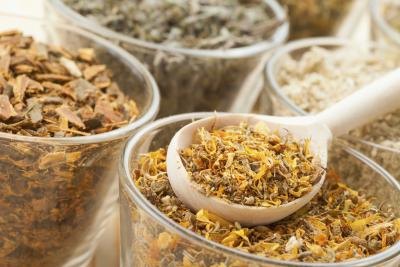
Overview
For centuries, people have used the plants that grew around them to treat wounds and help speed healing. Nearly everyone knows about aloe vera, but there’s a variety of other herbs traditionally used to heal cuts, scrapes and burns. A note of caution: Always clean wounds well with water, and seek medical help for a wound or burn that is large, deep or bleeding a lot. The University of Maryland Medical Center warns against applying herbal preparations to open wounds.
Aloe Vera
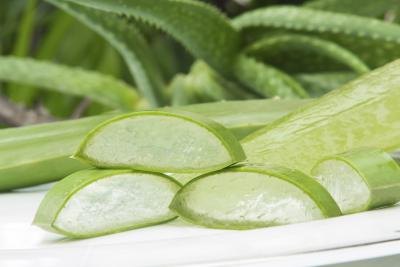
The sword-shaped leaves of this succulent plant contain a gel that folks have been using for thousands of years to soothe scrapes and burns, and you’ll find aloe in a wide variety of commercial cosmetics, lotions and ointments. Some cooks keep an aloe plant in the kitchen so they can quickly pull off a leaf to rub on minor burns. Aloe gel contains compounds that may lessen inflammation and stimulate skin growth, although scientific studies of its wound healing abilities have shown mixed results, according to the Natural Standard, which peer reviews complementary therapies.
Gotu Kola
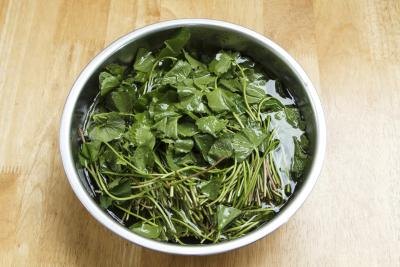
Herbalists use gotu kola (Centella asiatica) in ointments to treat skin conditions, help heal minor wounds, and prevent scars. The leaves and stems of this cousin to parsley contain triterpenoids, compounds that animal and lab studies indicate may help heal wounds, reports the University of Maryland Medical Center.
Arnica
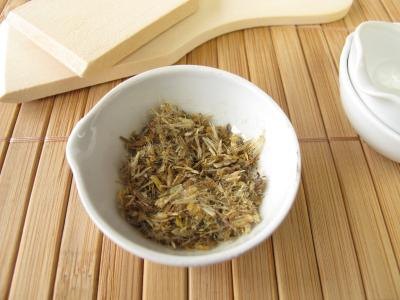
Both Europeans and Native Americans used the flowers of this daisy-like plant to soothe burns and heal wounds, and today many herbal salves contain arnica. You can buy it in creams, ointments and tinctures. Do not take arnica internally (except in very diluted homeopathic remedies), warns the UMMC, because it can cause serious side effects such as irregular heartbeat.
Calendula
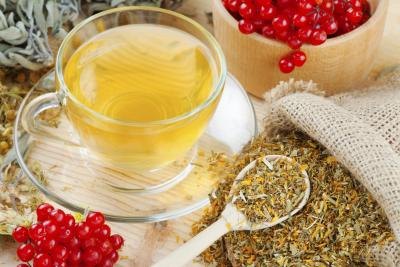
The flowers of this colorful, sharp-smelling plant, more commonly known as the marigold, have long been used to speed up wound healing--and some animal studies support that use, according to the UMM center. You can apply calendula ointments or tinctures to minor wounds. If you grow marigolds, you should know that many of the plants labeled “marigolds” aren’t actually in the Calendula family.
Goldenrod
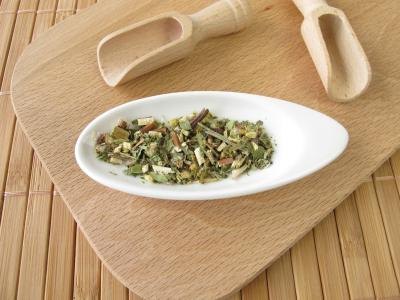
Wound healing is one of the most common traditional uses for this yellow-flowered perennial. Some animal and lab studies have suggested that it may lessen inflammation and fight infection, according to the UMM center. You can buy it as a tincture or extract for topical use.
Yarrow
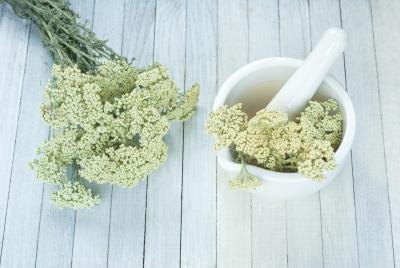
The Greek mythical hero Achilles used yarrow to stop bleeding in wounded soldiers, or so legend has it. Supposedly, this member of the aster family, formally known as Achillea millefolium, was named after him. The UMM center says that there’s little research on yarrow as a medicine, but people have long been using it topically to treat wounds and minor bleeding.
www.livestrong.com





No comments:
Post a Comment